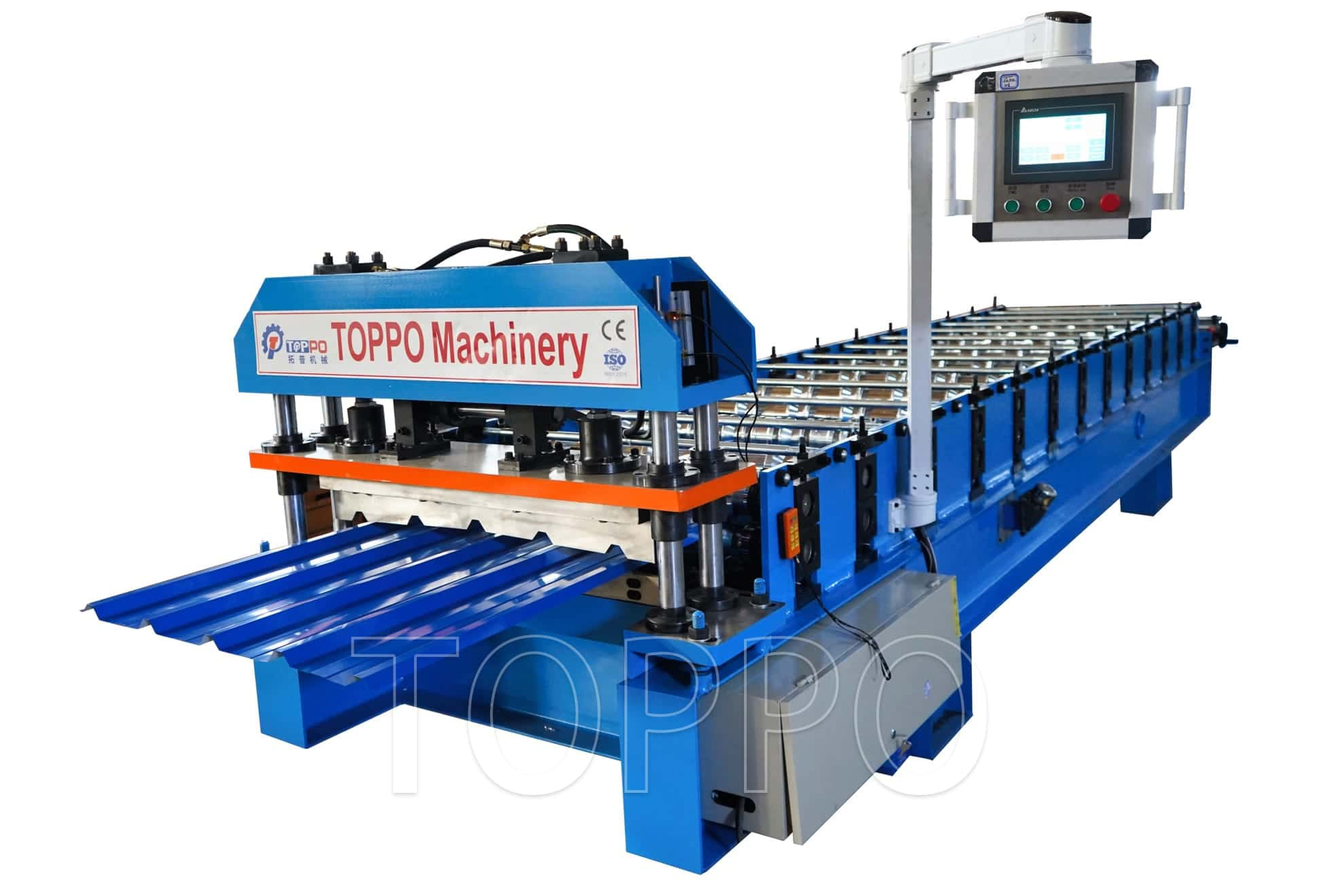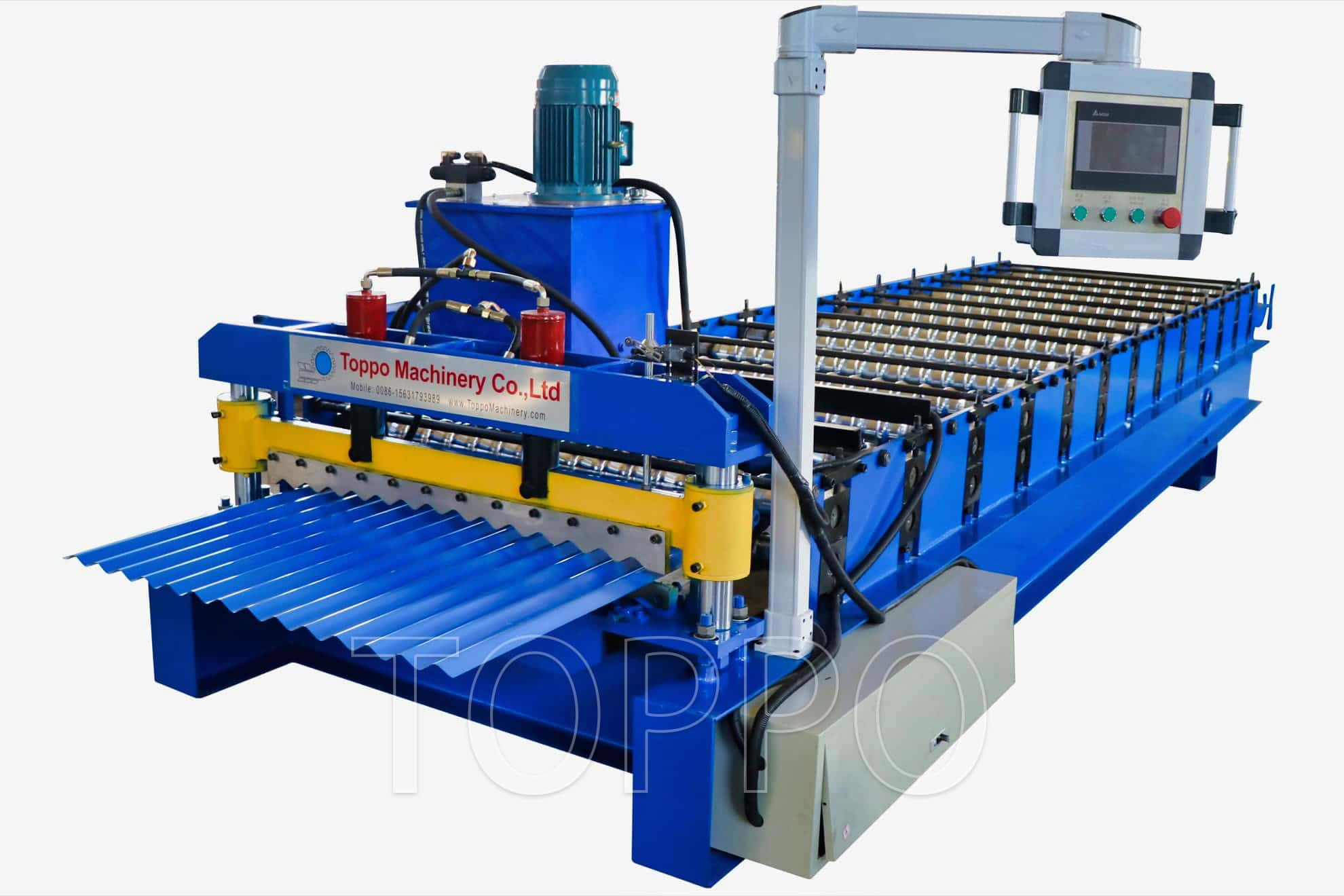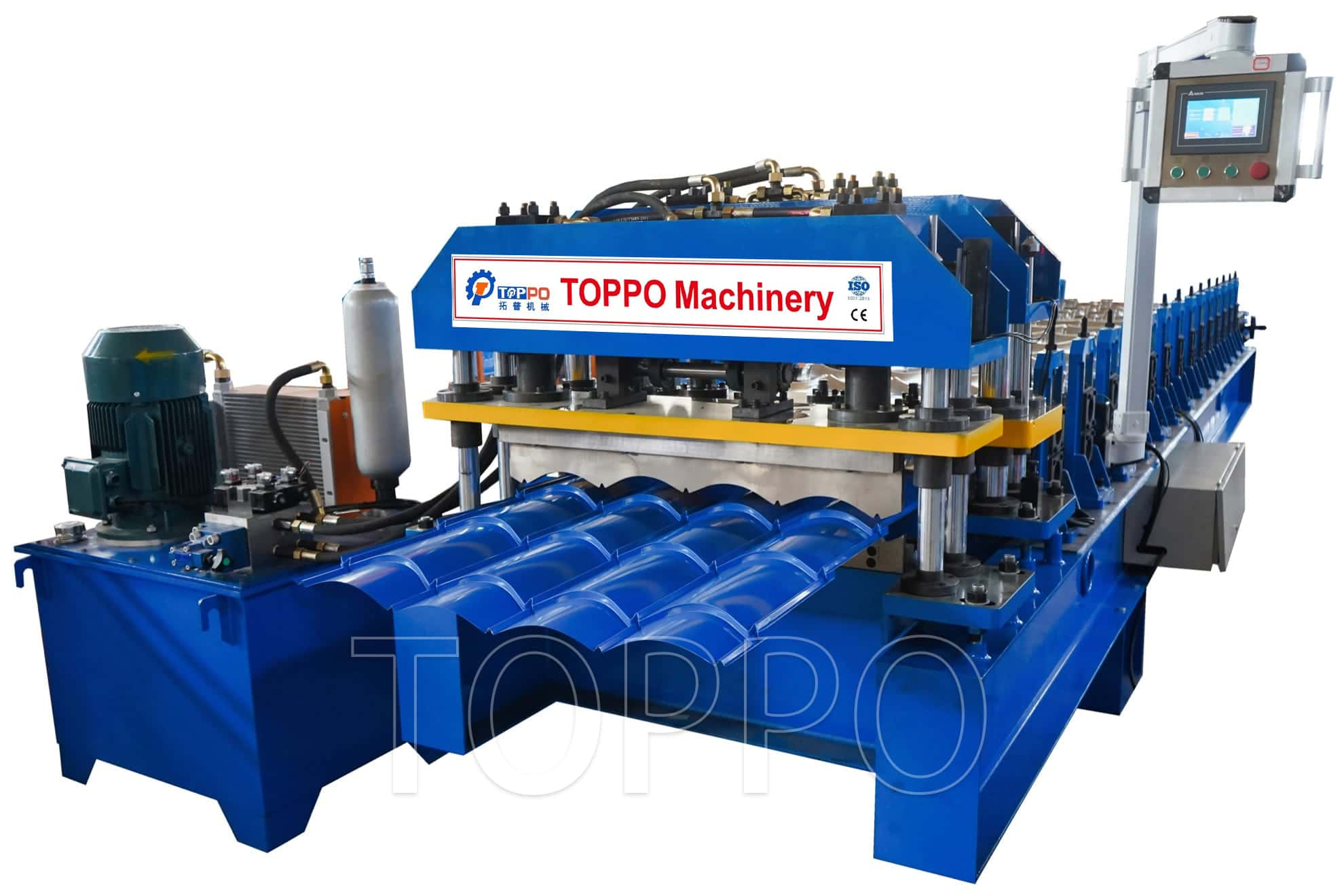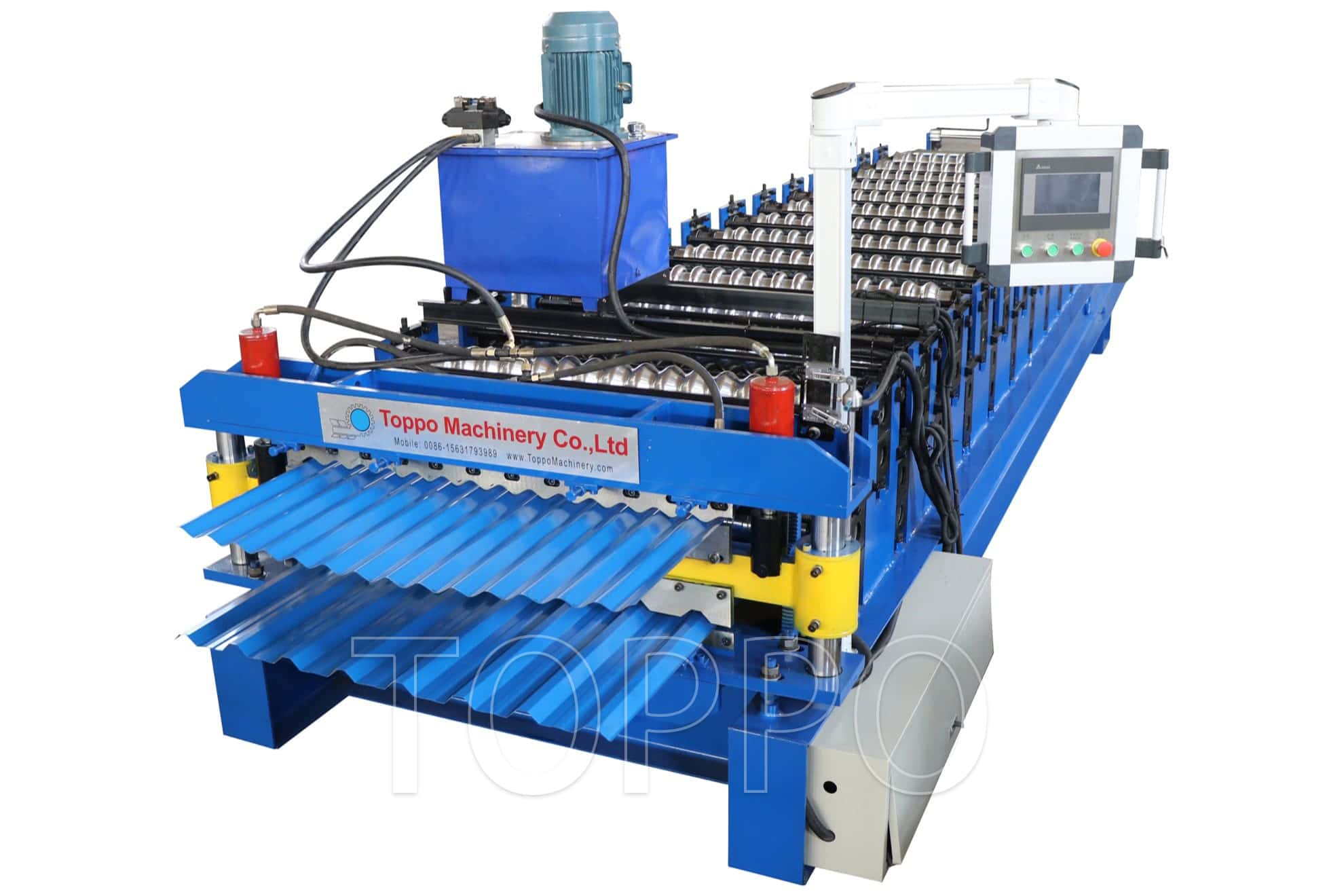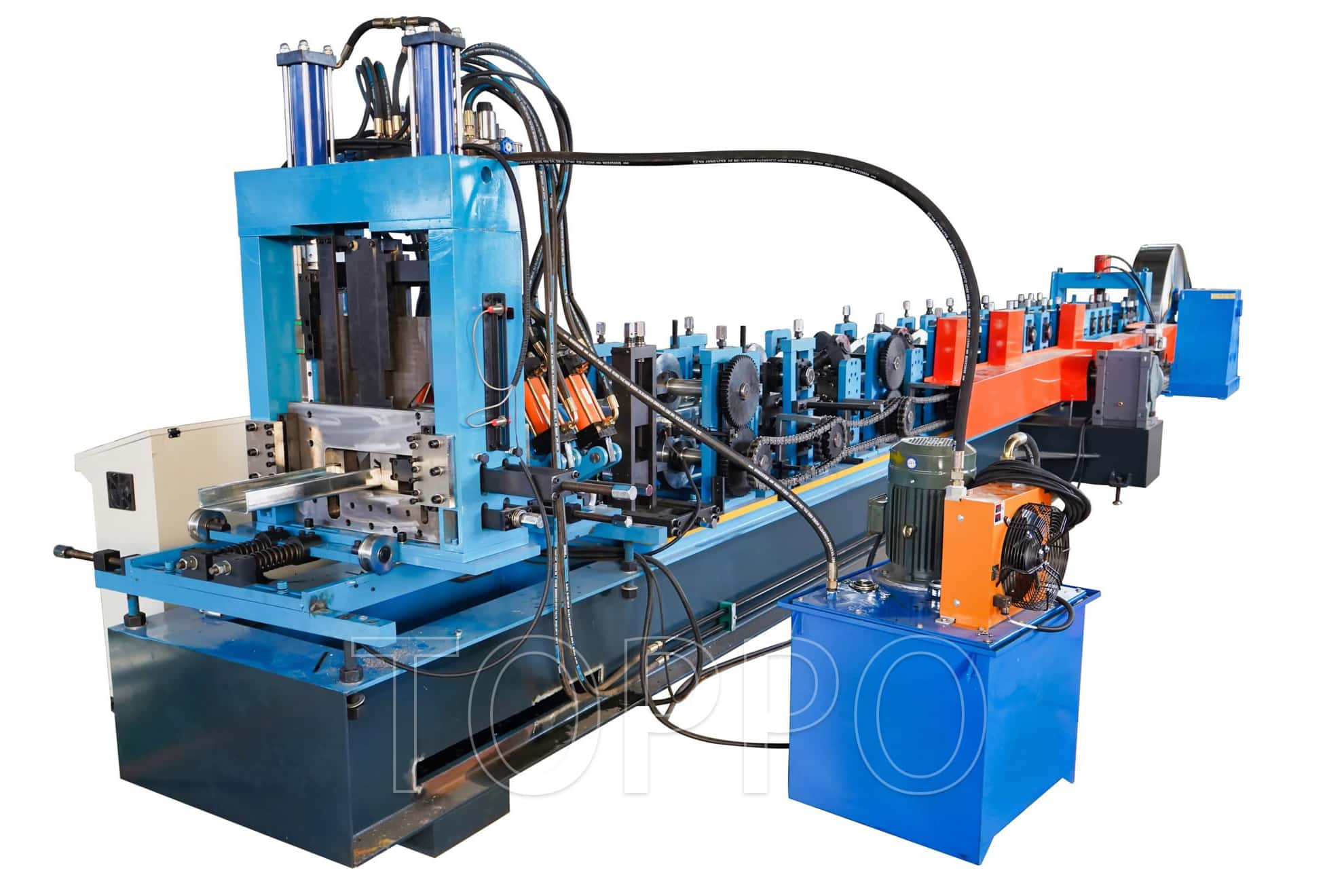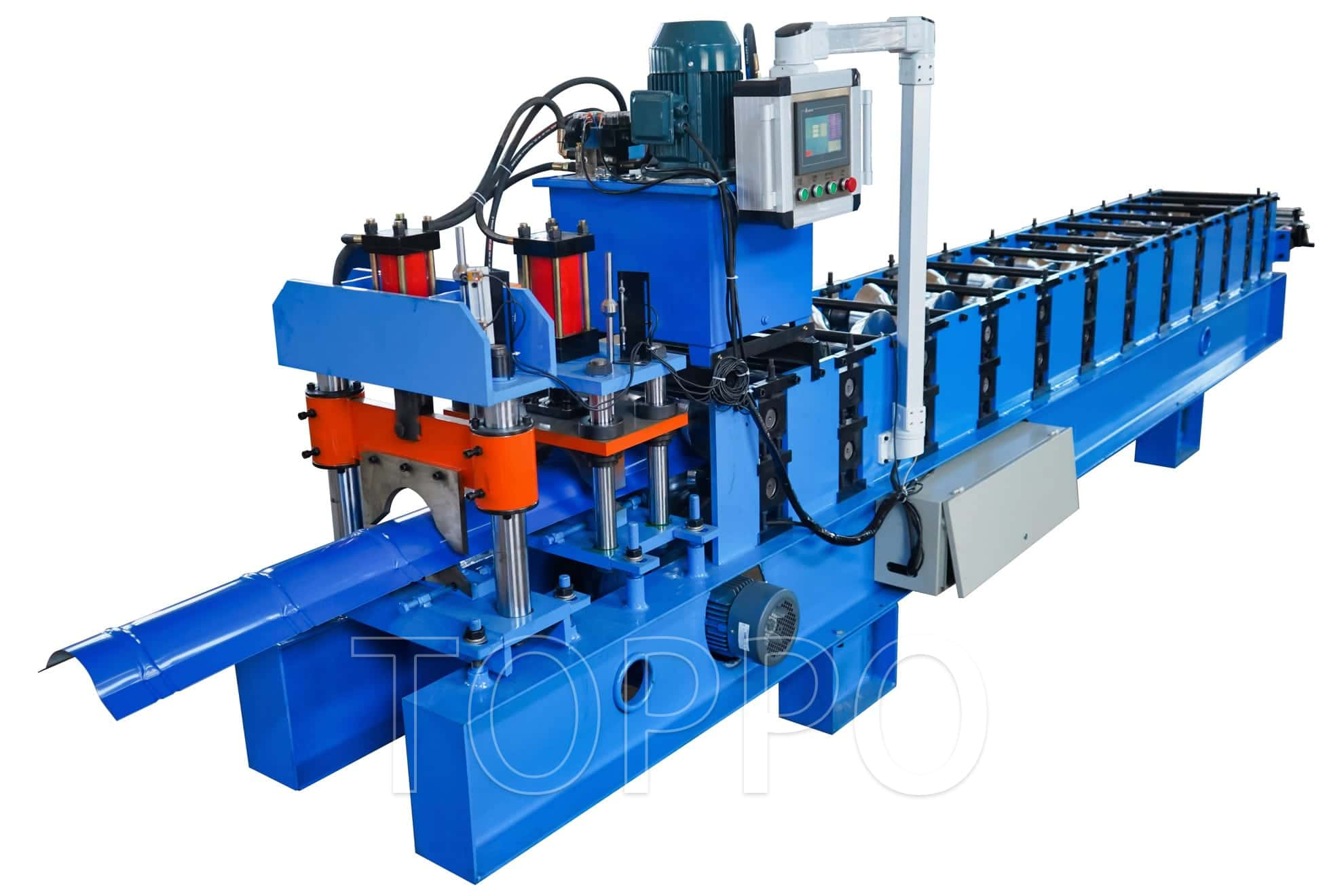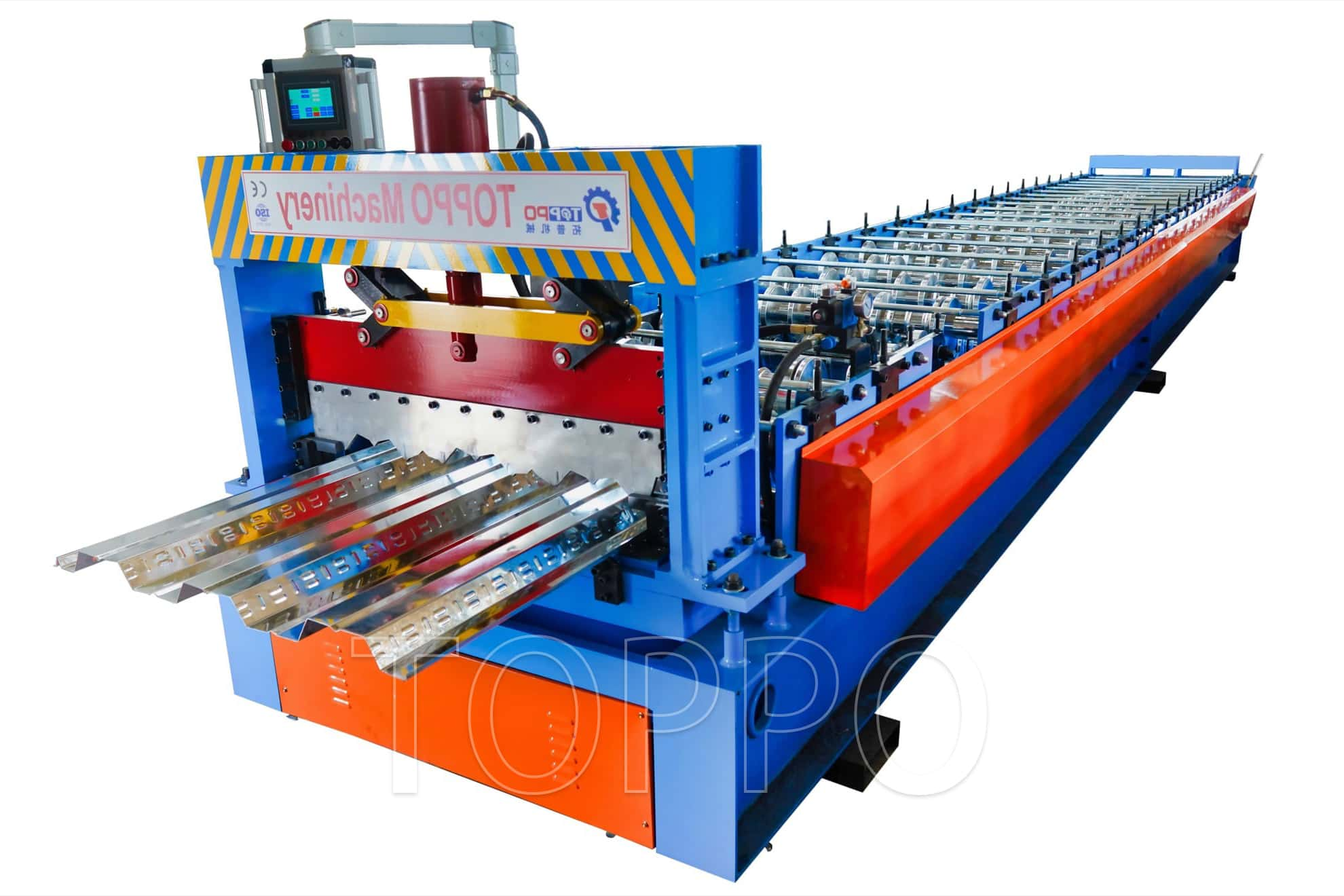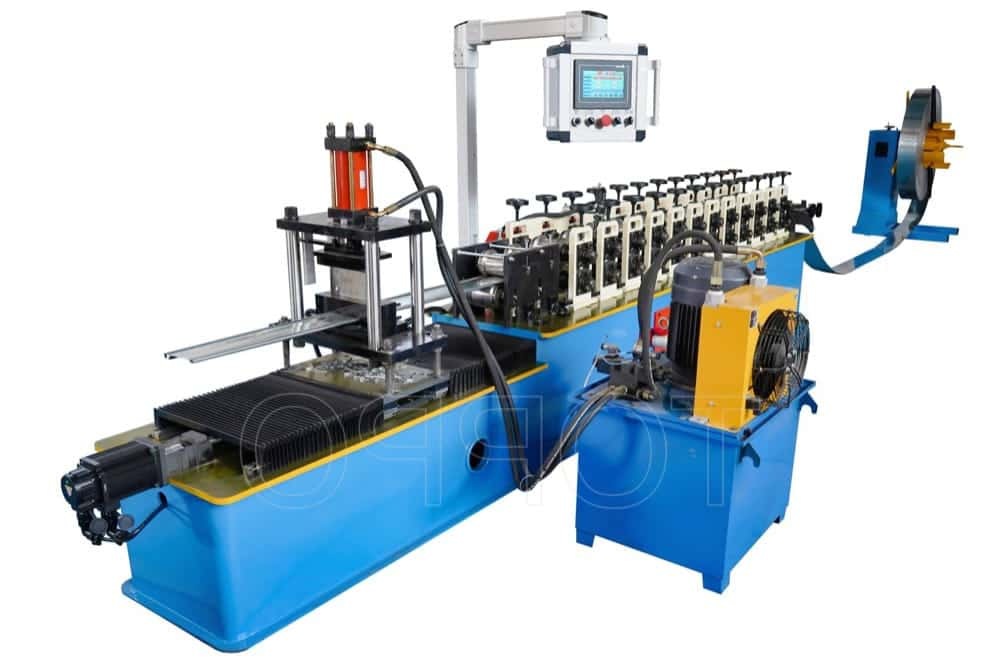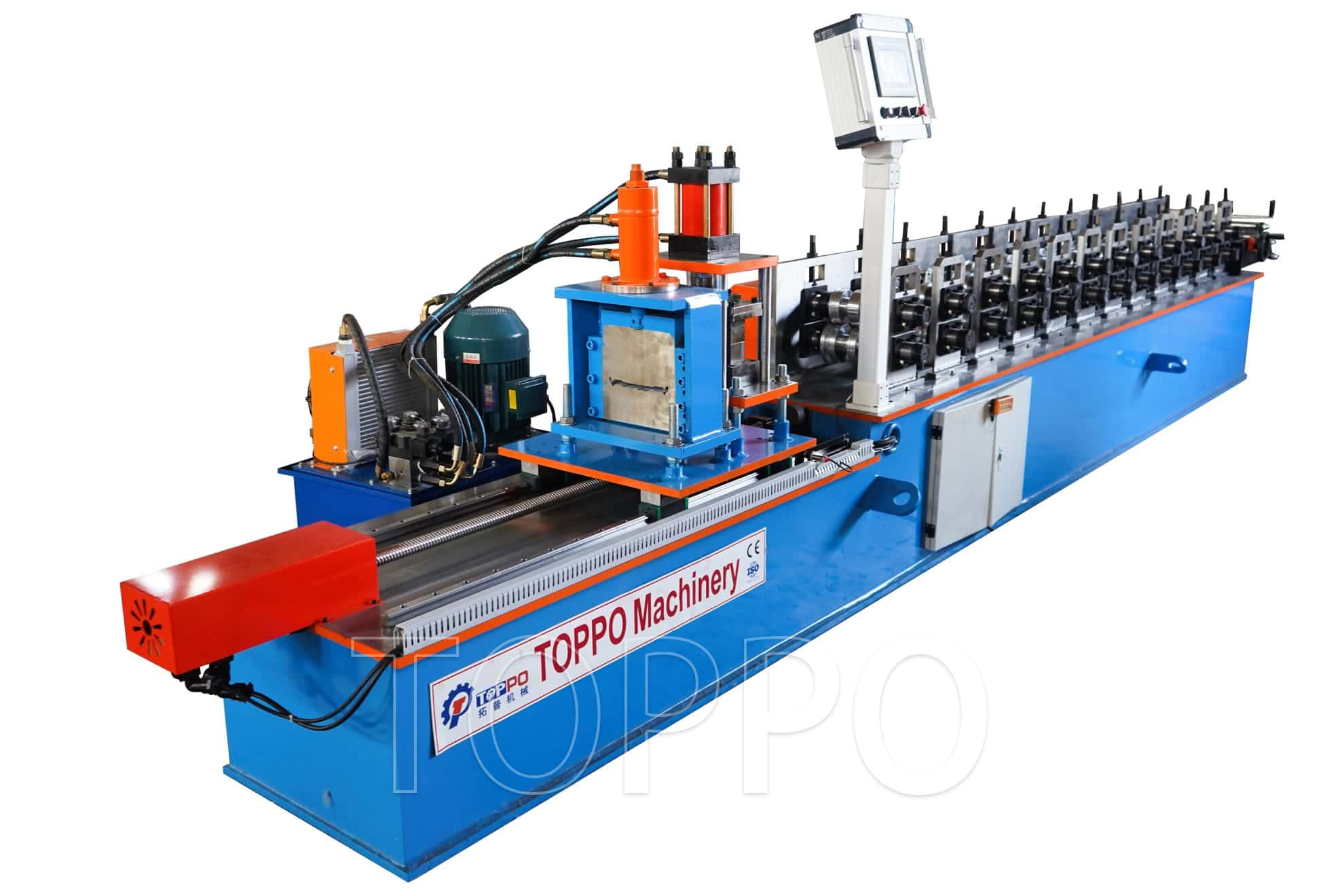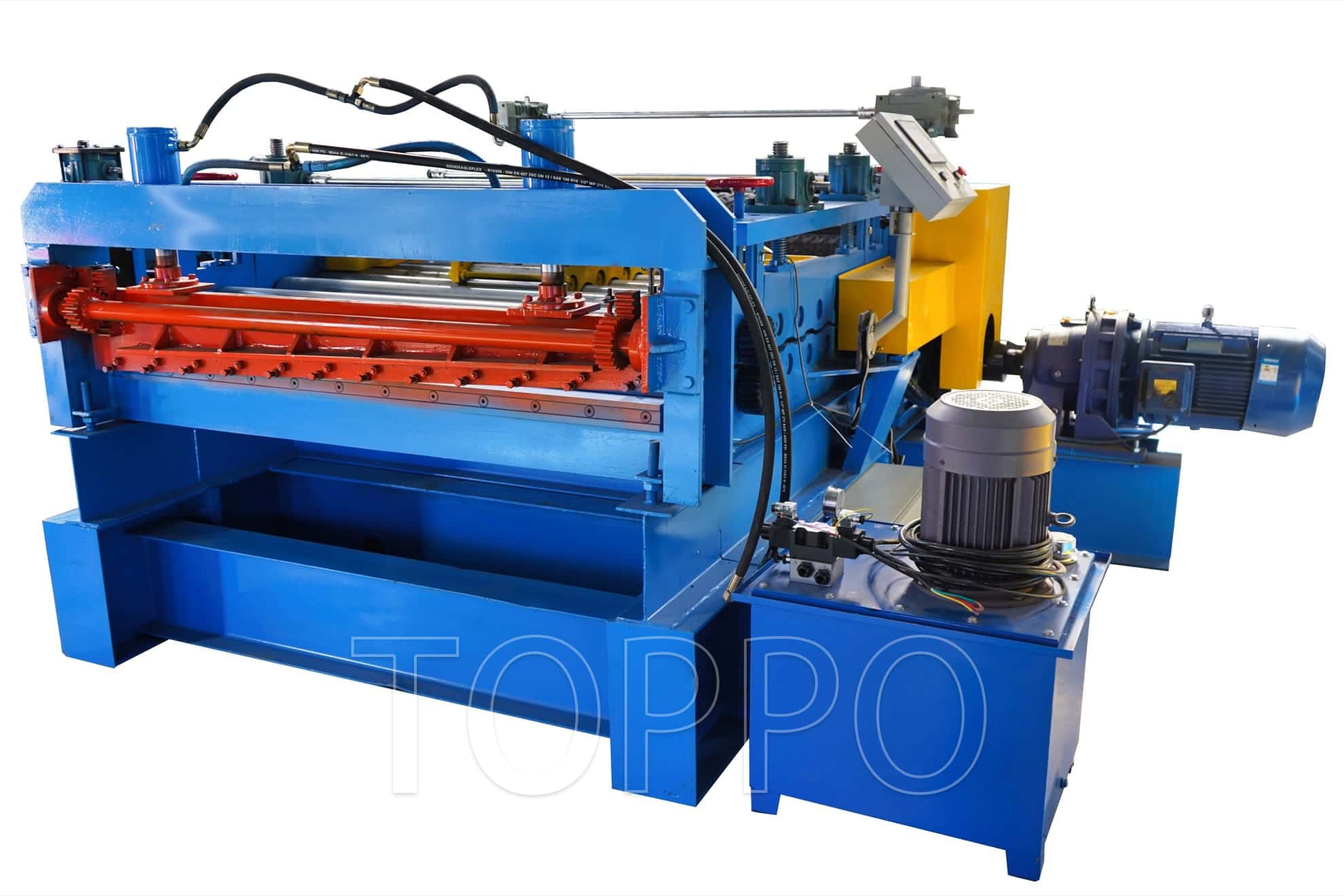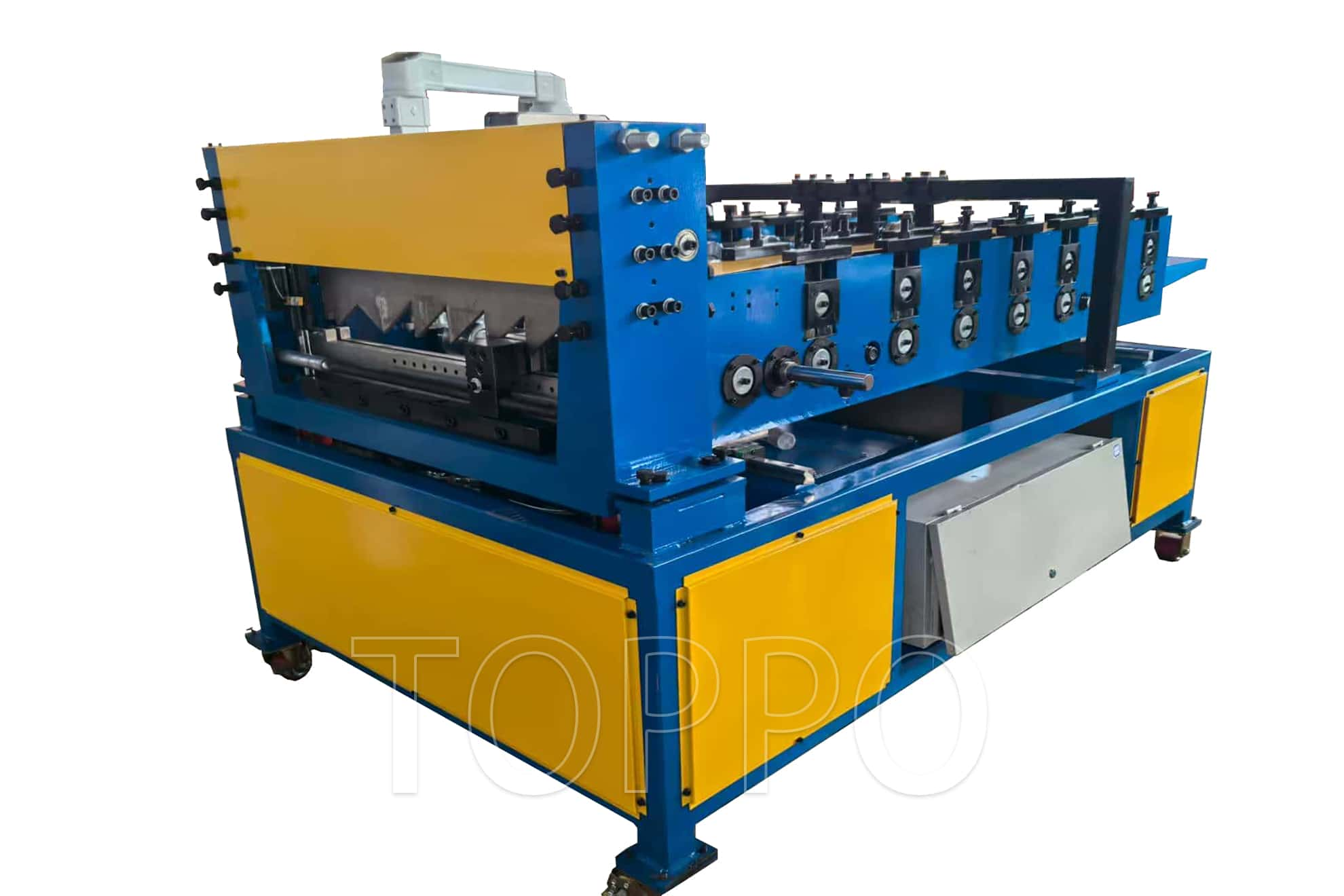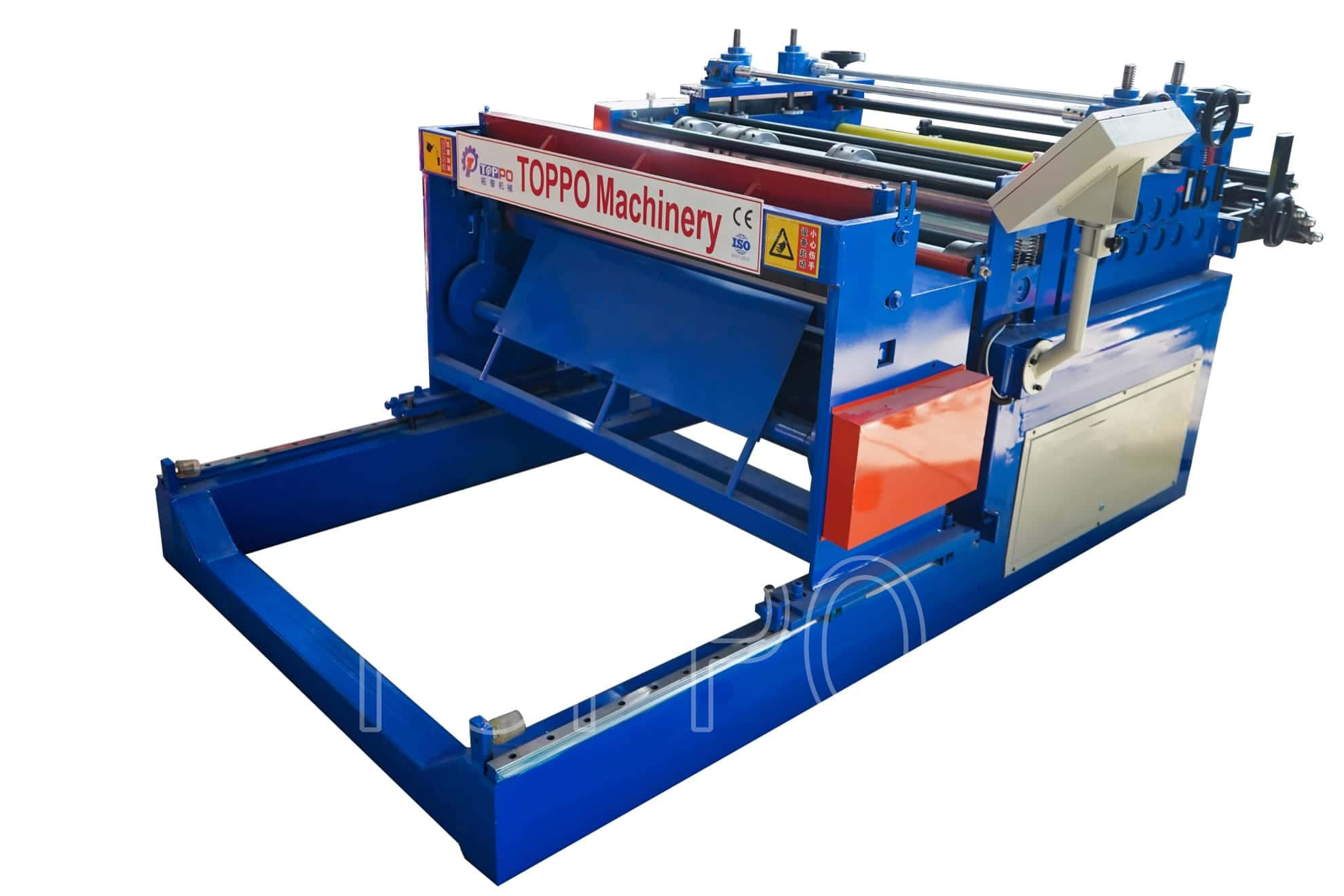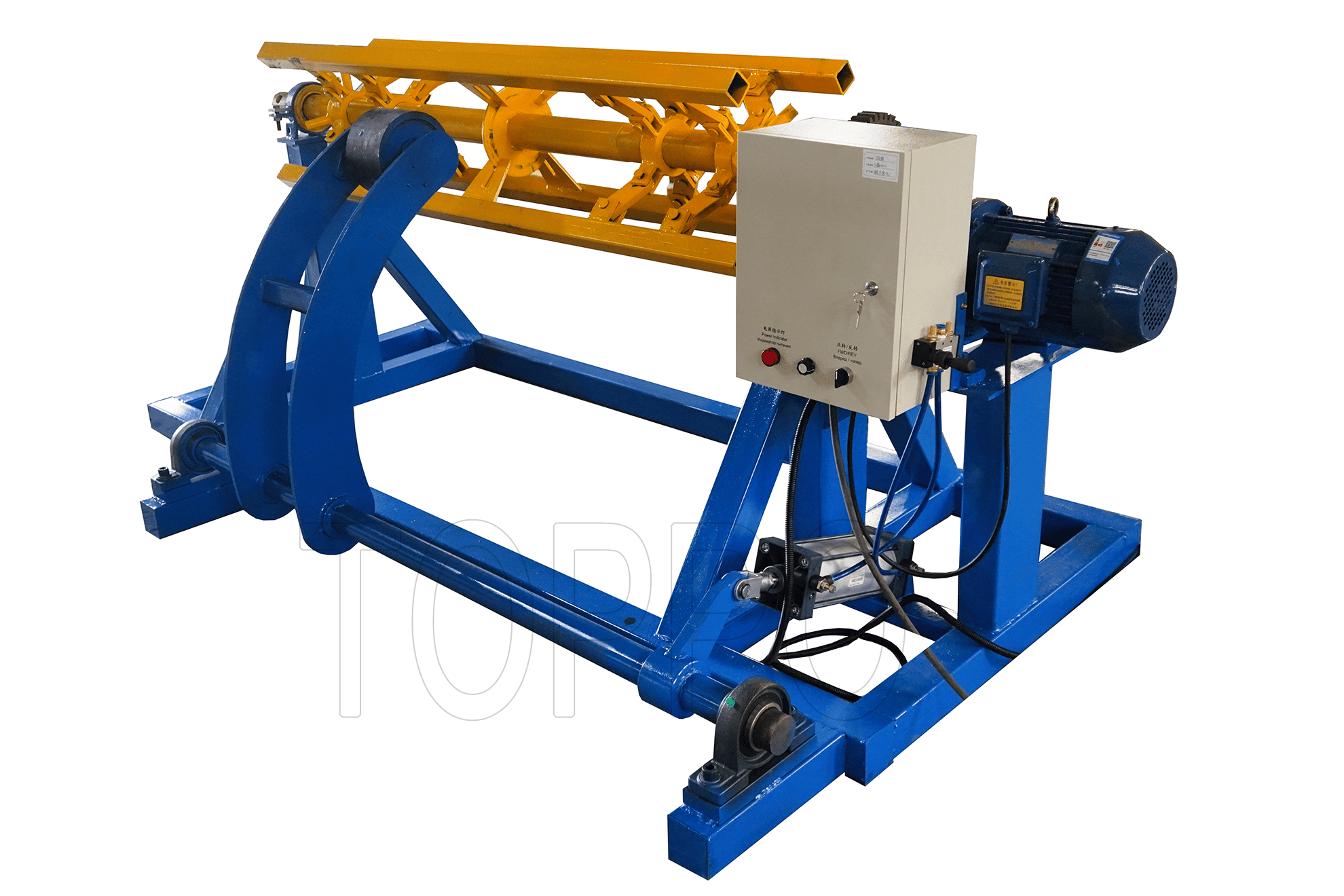- Trapezoidal Machine
- Corrugated Machine
- Glazed Tile Machine
- Double Layer Machine
- CZU Purlin Machine
- Ridge Cap Machine
- Floor Decking Machine
- Rolling Door Machine
- Fence Machine
- Embossing Machine
- Standing Seam Machine
- Cut To Length And Slitting Line
- Guard Rail Machine
- Decoiler And Stacker
- Stud And Track Machine
- Gutter And DownPipe
- Curving Machine
- Cladding Panel Machine
- Corollary Equipment
What Dealers Must Understand About Roofing Sheet Thickness and Machine Setup
Roofing sheet thickness and machine setup play a crucial role in determining both product performance and operational efficiency. For dealers working with the Tr4 color steel metal roof trapezoidal roll forming machine, understanding these details can set your business apart. This comprehensive guide walks you through critical setup steps, key considerations, and frequent mistakes—backed by real industry examples.
1. Understanding Roofing Sheet Thickness
Why Thickness Matters: The sheet thickness directly affects durability, weather resistance, and installation ease. Dealers must balance material cost and customer needs.
Measuring and Selecting: Always use certified gauges to confirm steel thickness. Match specifications to the roof application—industrial buildings often require thicker panels than residential jobs.
2. Machine Setup for Consistent Output
Roller Adjustment: Adjust the roof panel making machine rollers to accommodate the target thickness. Check both entry and exit roller gaps.
Drive Calibration: Ensure drive settings on the trapezoidal roll forming machine match material resistance. Recalibrate for each new batch of steel to avoid under- or over-forming.
Test Runs: Always run a short batch after adjustments. Inspect for profile consistency, edge quality, and correct sheet thickness.
3. Common Mistakes and How to Avoid Them
Ignoring Thickness Tolerances: Even minor deviations can cause installation issues and customer complaints. Document all checks.
Incorrect Roller Spacing: Misalignment on the trapezoidal roll forming machine leads to poor panel profiles. Use feeler gauges at multiple points along the roller set.
Skipping Regular Maintenance: Lack of lubrication or worn rollers on the roof panel making machine can reduce output quality and cause downtime.
4. Real-World Case Study
One dealer in Mexico noticed repeated complaints about roofing sheets not fitting correctly. Investigation showed that the Tr4 color steel metal roof trapezoidal roll forming machine rollers were never recalibrated after switching steel suppliers. After setting up a routine calibration protocol, product returns dropped by 30% and customer satisfaction increased.
5. Dealer Checklist for Success
Always measure and confirm steel thickness before setup.
Recalibrate the machine for every new steel batch or supplier.
Document each setup and calibration for traceability.
Train staff on correct measurement and machine adjustment techniques.
By mastering roofing sheet thickness selection and roll forming setup, dealers ensure top-tier quality and build a reputation for reliability in a competitive market.
SEO Keywords: Tr4 color steel metal roof trapezoidal roll forming machine, roof panel making machine, trapezoidal roll forming machine, roofing sheet thickness, machine setup, roller calibration, steel gauge, panel profile, quality control, calibration process, maintenance, installation, customer satisfaction, steel panel, drive settings, sheet testing, factory case, roll forming equipment, error prevention, dealer advice, production consistency, panel fit, steel supplier, industry example, operator training, setup protocol, batch adjustment, roller spacing, entry roller, sheet inspection, lubrication, steel material, installation issues, profile consistency, roller wear, downtime prevention, panel forming, roof application, technical checklist, process documentation, batch testing, customer return, performance improvement, quality assurance
READ MORE:
Ensuring Success: Dealer Strategies for Roofing Sheet Thickness and Roll Forming Machine Setup
Dealers’ Roadmap to Mastering Roofing Sheet Thickness and Roll Forming Setup
Getting Roofing Sheet Thickness and Roll Forming Setup Right: Dealer Essentials
Optimizing Roofing Sheet Thickness and Roll Forming Machine Setup: A Dealer’s Guide



